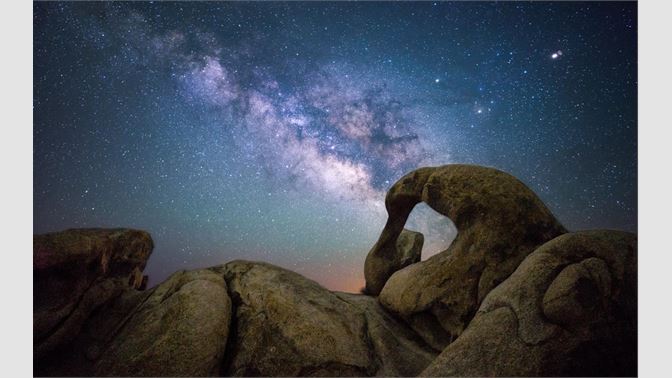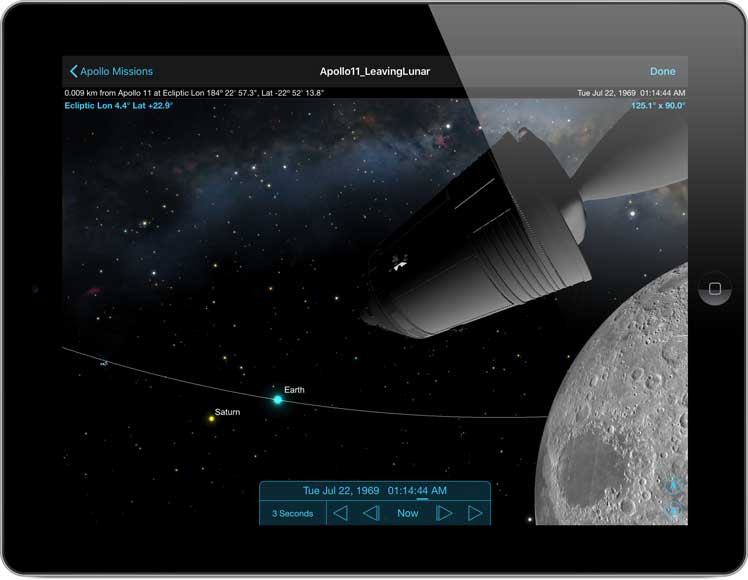

- #Night sky software for mac mac os x#
- #Night sky software for mac install#
- #Night sky software for mac free#
- #Night sky software for mac windows#
Home Planet is a comprehensive astronomy, space, and satellite-tracking package for Microsoft Windows 95 and Windows NT 4.0 and above.
#Night sky software for mac free#
Platform: Windows 95 and above Cost: Free Demo: N/A Celestia is highly recommended by Sea and Sky! You can even take screen shots of your favorite scenes.
#Night sky software for mac install#
For those with fast processors, you can even download and install super high resolution images of the planets and moons enabling you to zoom in close and explore every subtle detail. A library of add-ons and expansions is available including everything from additional stars & galaxies to science fiction worlds and spacecraft. The program is highly configurable and expandable. If that's not enough, you can download dozens of easy to install add-ons with more objects. Celestia comes with a large catalog of stars, planets, moons, asteroids, comets, and spacecraft. With it you can travel throughout the Solar System, to any of over 100,000 stars, or even beyond the galaxy.
#Night sky software for mac mac os x#
Platform: Windows, Linux, Mac OS X Cost: Free Demo: N/AĬelestia is a very unique 3-dimensional universe simulator. Due to its intuitive and easy-to-use graphical user interface, it fits well to the demands of astronomy beginners. Better? No.Platform: Windows 98 and above Cost: Free Demo: Download availableĪstroViewer is a planetarium software that helps you to find your way in the night sky quickly and easily. I have yet to find a better tool for the job. You don't have any tools for gradient removal, background neutralization, color calibration, etc. With DSS, you really don't get that option.Īnd, of course, DSS is really just for calibration and integration. And you can do it in steps so you can more easily see where the problems are when things aren't coming out the way you like. Once you get a workflow down in PI, then you can speed through much quicker, but you can still go back and tweak something if you don't get the results you want. It does well for what it is, but You don't have the granular level control that you do in PI.

And, again, there's a LOT more control.ĭSS is really more of an autopilot system. Honestly, if I compare the speed of the operations overall to DSS, it's a little slower, but I didn't find it that much slower. I'm looking at doing some of the future work on my girlfriend's 7th Gen Core i7 (though I might just be building a new system in a few months anyway). Each process took a while (I let the integration run overnight), but I'm also using an older computer (6 core Phenom II 1100T with 16 gb RAM. When I got down to actually processing, I took the 120 subs I was keeping, loaded them in, and ran them through calibration, debayering, registerring, and integrating without much trouble. I use the process as outlined by Kayron Mercieca on his sight.

The blink function in PI helps with this, and then the subframe selector gives you metrics for selection. There were several with aircraft or satellites. I think I have a grand total of almost 16 hours of exposure time, but during one set clouds rolled in, during two of them, i tracked down past the edge of my observatory wall. I captured light for that image over at least 4 nights. With the calibration frames out of the way, I can focus on the actual lights. I did 50 or so flat exposures on the first two runs and made a master flat that I can keep using for now. Since my scope is permanently mounted and the camera is not moved, I can keep using the same flats until I do something to adjust the camera. After processing into a master superbias, I shouldn't have to redo that one ever.įor flats. For the bias, I think I ended up with close to 100 exposures. I think I ended up with 20-25 darks that I was able to process into a master. I added a couple after the second set of subs. When I did that M33, with the first set of subs I did some darks. Overall, the calibration phase is what really seems to be the time waster for me. If you create a good master superbias, then do a set of darks every few months, you only have the flats left to worry about before calibrating the lights. And I'm not expecting anything near that quality. In response to that, I point to his website. I have started to follow the advice of one of my mentors. I haven't yet been happy with it (probably a matter of learning it better).

I've tried the batch preprocess that u/poser765 mentioned. but you get more control and far better results.


 0 kommentar(er)
0 kommentar(er)
